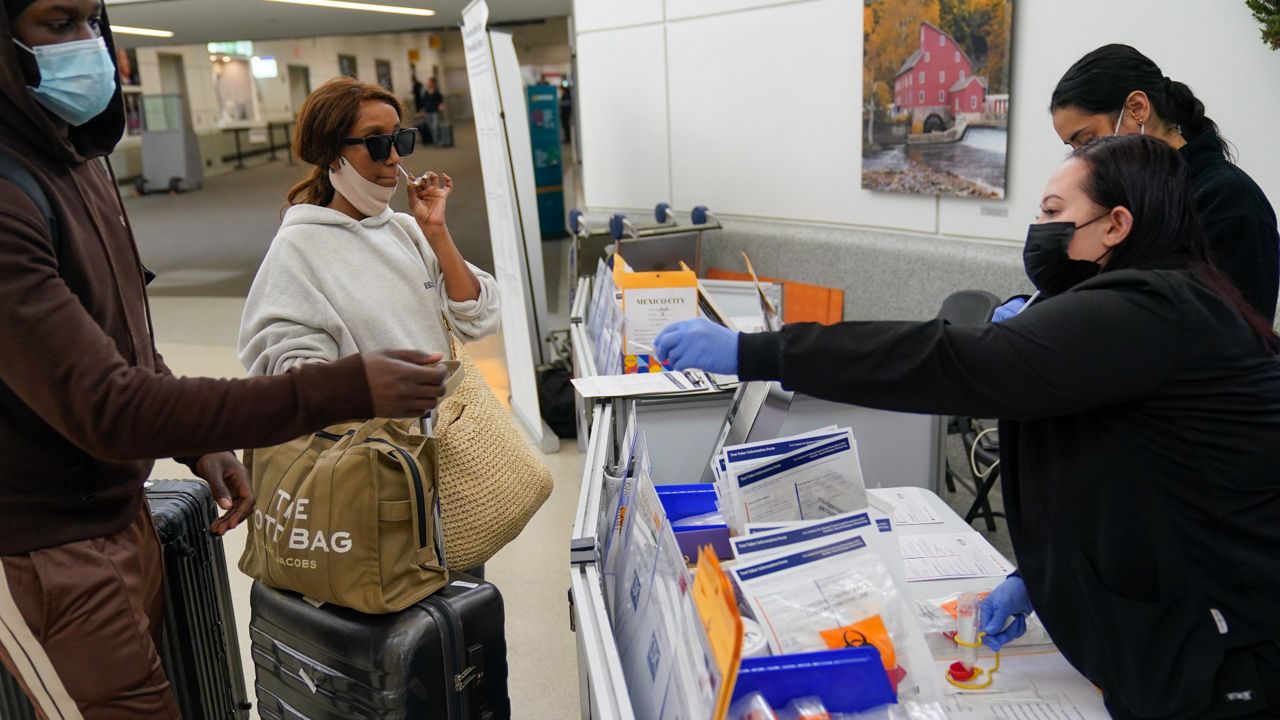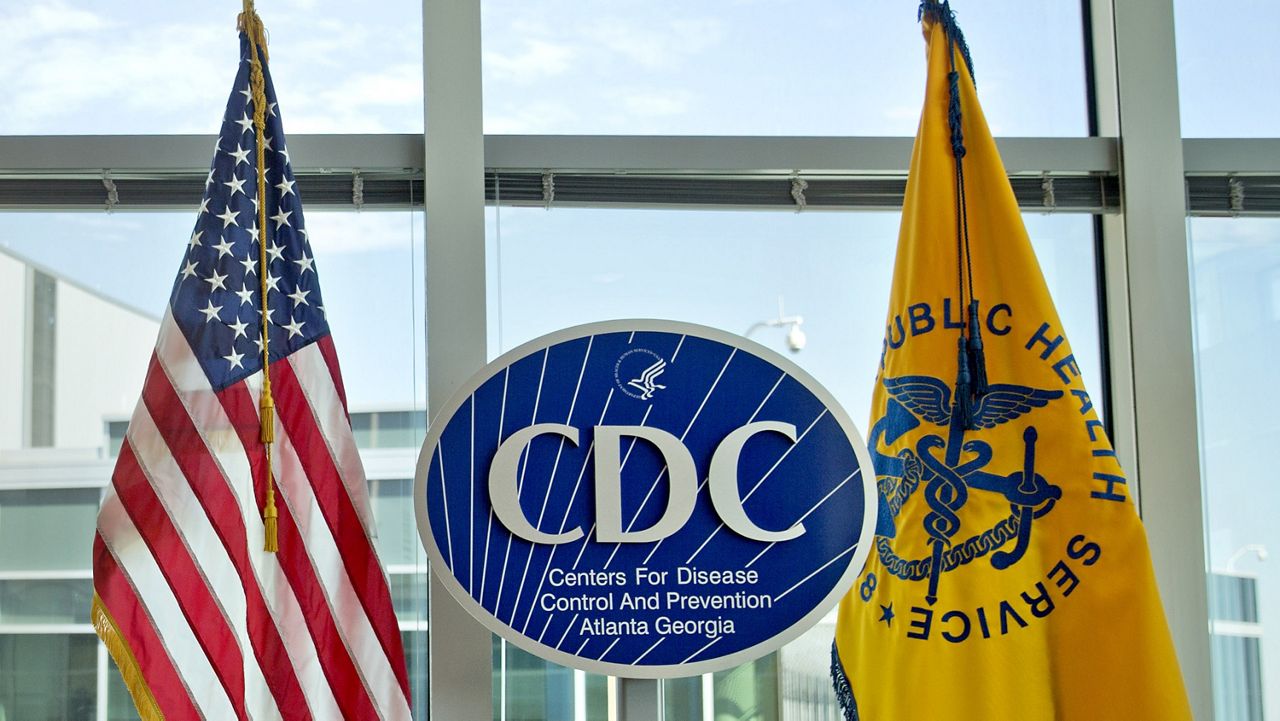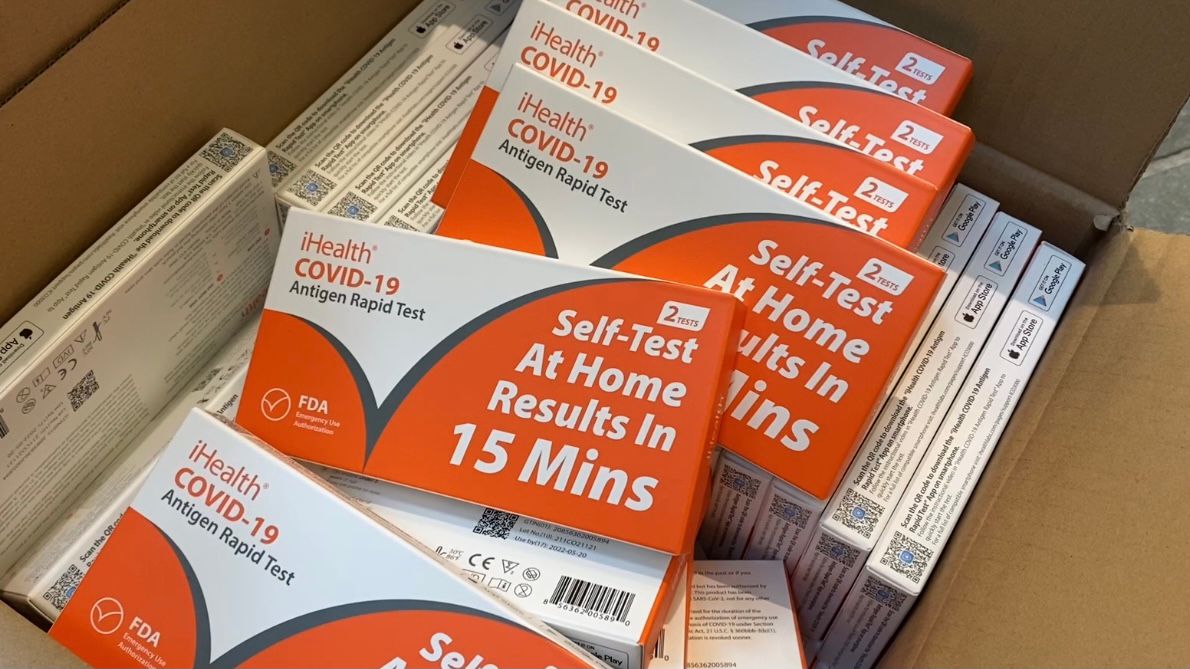The latest COVID-19 strain spreading around the United States could be the most transmissible variant or subvariant yet, health experts say.
What You Need To Know
- The latest COVID-19 strain spreading around the United States could be the most transmissible variant or subvariant yet, health experts say
- XBB.1.5, an omicron subvariant, has been detected in 38 countries, but 82% of known cases are in the U.S., according to the World Health Organization
- A month ago, it accounted for about 4% of COVID-19 cases in the U.S., but that number soared to 28% as of last week, according to the Centers for Disease Control and Prevention
- What concerns health experts is that XBB.1.5 contains more mutations to evade immunity than any other variant
XBB.1.5, an omicron subvariant, has been detected in 38 countries, but 82% of known cases are in the U.S., according to the World Health Organization.
It was first detected in October. A month ago, it accounted for about 4% of COVID-19 cases in the U.S., but that number soared to 28% as of last week, according to the Centers for Disease Control and Prevention. It is the dominant strain in the Northeast, where it accounts for more than 70% of infections, and could overtake BQ.1.1 any day to become the dominant strain nationally.
On Tuesday, WHO officials said countries with widespread COVID-19 transmission should consider recommending passengers wear masks on long-haul flights, given the rapid spread of XBB.1.5.
What concerns health experts is that XBB.1.5 contains more mutations to evade immunity than any other variant. At a news conference last week, Dr. Maria Van Kerkhove, the WHO’s technical lead for the COVID-19 response, called it “the most transmissible subvariant that has been detected yet.”
Dr. David Berger, an Australian emergency physician, explained in a video chat last week with the World Health Network that XBB.1.5 attaches itself to the ACE-2 receptor, which is found on cells through the body.
“That gives great concern about how easy it will be to be transmitted,” Berger said.
The WHO said Wednesday the subvariant does not have any mutation known to be associated with greater severity of the disease, but it noted it lacks the real-world data to draw any conclusions yet.
Andy Pekosz, a professor of molecular microbiology and immunology at Johns Hopkins University, said XBB.1.5 has so far not caused a surge in infections like omicron did last winter, but he said case rates are likely to rise.
“We’re also coming out of a period when we already expected transmission to go up, due to increased travel and holiday gatherings,” Pekosz said in an article on the Johns Hopkins Bloomberg School of Public Health website. “Because XBB.1.5 arose around Thanksgiving, we’re still figuring out how much transmission is a result of the seasonal activity we had anticipated and how much is being driven specifically by XBB.1.5.”
The U.S. reported 470,699 new COVID-19 cases for the week ending with Jan. 4. That was roughly the same as it was a month earlier, but up about 80% from mid-October. The case numbers are believed to be an undercount due to unreported positive at-home tests and fewer health agencies and states providing updates.
Health experts say updated vaccine boosters might be less effective at preventing infection from XBB.1.5 but still protect people against severe cases, hospitalization and death.
“Get the bivalent booster. Don’t wait,” Pekosz said. “This is particularly important for those in high-risk groups, but it goes for all eligible individuals.”
Just 15% of the U.S. population ages 5 and older have received the latest booster shots, according to the CDC.
Berger blamed unvaccinated people for the virus’ continued evolution.
“What we've done is that we have not just allowed but in fact encouraged unrestrained replication of this virus in a partially immune population,” he said. “And any high school biology student who's taken a course on evolution would be able to tell you that that is the ideal way to create mutants that will escape immunity, and here we are.”
Ryan Chatelain - Digital Media Producer
Ryan Chatelain is a national news digital content producer for Spectrum News and is based in New York City. He has previously covered both news and sports for WFAN Sports Radio, CBS New York, Newsday, amNewYork and The Courier in his home state of Louisiana.








